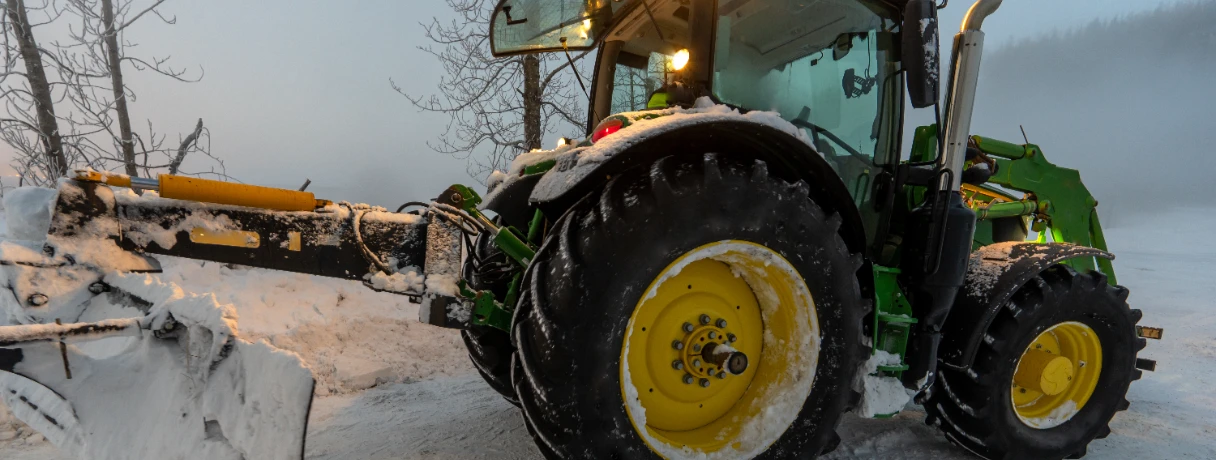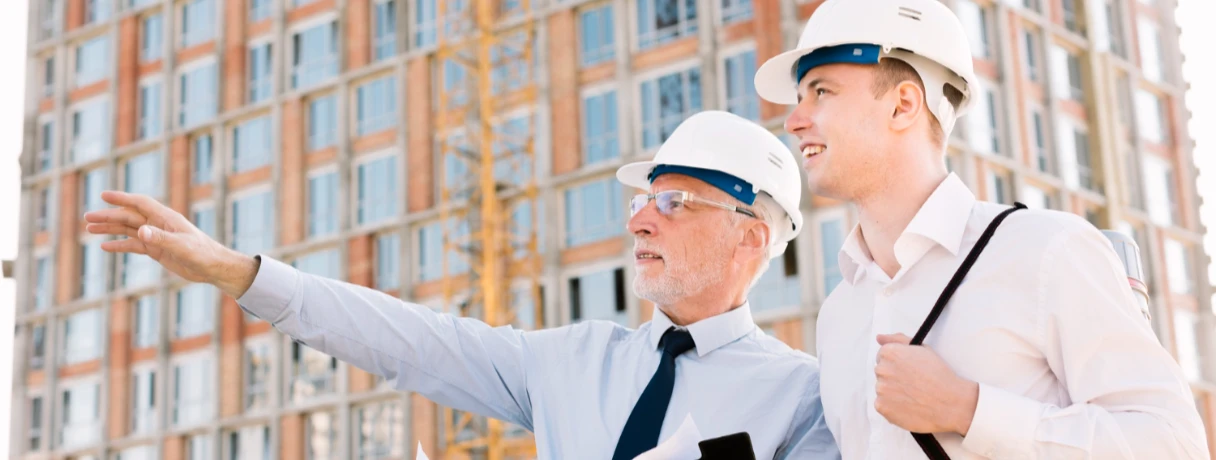In this blog post, we'll delve into the key activities that comprise the pre-construction planning process, exploring how construction teams can leverage these essential steps to ensure the successful delivery of their projects.
What Are Preconstruction Activities and Why Do They Matter?

Preconstruction activities are tasks done before construction starts. They make sure a project is feasible, efficient, and set up for success. These activities help analyze every key project element, reduce risks, and prepare for smooth execution.
What all should be a part of your preconstruction planning?
- Feasibility studies to assess project viability and scope
- Site inspections to identify constraints or challenges early
- Cost estimating and budget forecasting for accurate financial planning
- Design development to align drawings with project goals
- Permit acquisition and regulatory compliance
- Scheduling and risk assessment for timely delivery
- Procurement planning and contractor selection for resource efficiency
Key Preconstruction Planning Steps
A. Defining the Project Scope and Objectives
- Clarify the project vision: What will be built?
- Define size, layout, features, budget, and sustainability goals
- Outcome: Align stakeholders and reduce misunderstandings and rework
B. Site Selection and Analysis
- Check zoning and permits
- Conduct geotechnical surveys and soil tests
- Evaluate utilities, traffic, and noise
- Benefit: Avoid delays and costly surprises
C. Design Development and Refinement
- Turn the project scope into detailed blueprints
- Include value engineering and 3D modeling (BIM)
- Benefit: Detect conflicts early and improve communication among stakeholders
D. Cost Estimating and Budgeting
- Include material takeoffs, labor, equipment, and contingencies
- Tip: Use AI tools like Beam AI to automate takeoffs and budgeting
- Outcome: Avoid budget overruns and improve financing accuracy
E. Permitting and Approvals
- Secure building, zoning, environmental, and historic permits
- Why it Matters: Missing permits can halt projects and cause legal issues
- Tip: Use an organized permit management process
F. Procurement and Vendor Management
- Solicit vendor bids, negotiate contracts, and maintain supply chains
- Pro Tip: Choose vendors with proven track records to avoid delays
G. Scheduling and Planning
- Create detailed schedules with milestones and resource allocation
- Tools: Gantt charts help visualize tasks and timing
- Benefit: Spot bottlenecks early and adjust proactively
H. Stakeholder Communication
- Set clear channels and schedule regular meetings
- Outcome: Avoid miscommunication and ensure faster decisions
I. Risk Management
- Identify potential risks like bad weather, material shortages, or labor disputes
- Develop mitigation strategies: backup suppliers, schedule buffers, project insurance
- Benefit: Handle issues proactively, minimizing delays and cost impacts
Key Objectives of Pre-Construction Planning
- Clearly define project scope and goals
- Establish accurate budgets and optimized schedules
- Identify potential risks early
- Improve collaboration among stakeholders
- Ensure proper resource allocation
- Deliver projects on time, within budget, and with minimal surprises
Why Preconstruction Activities Matter for Early Construction Workflows?
This preparatory phase lays the foundation for the entire project by:
- Defining the project scope and objectives
- Managing potential construction risks proactively
- Establishing clear communication channels and workflows among stakeholders
In other words, preconstruction activities are essential for early construction workflows because they create the framework for efficiency, cost control, and risk mitigation. By addressing potential challenges before ground is broken, teams can prevent issues before they arise, saving both time and resources.
Effective preconstruction planning leads to:
- Greater workflow efficiency = Improved team collaboration
- Better cost management and budgeting accuracy = Lower costs and increased accuracy
- Proactive risk identification and mitigation
- Fewer change orders and costly rework during construction = Reduced delays
The Bottom Line
Thorough pre-construction planning is always more efficient than fixing problems during construction. Using AI tools like Beam AI automates key steps such as material takeoffs and budgeting. This lets teams focus on high-value, strategic tasks-like procurement planning, risk mitigation, and early project insights-ensuring a smoother, more profitable project.

.png)








.jpg)


.webp)

